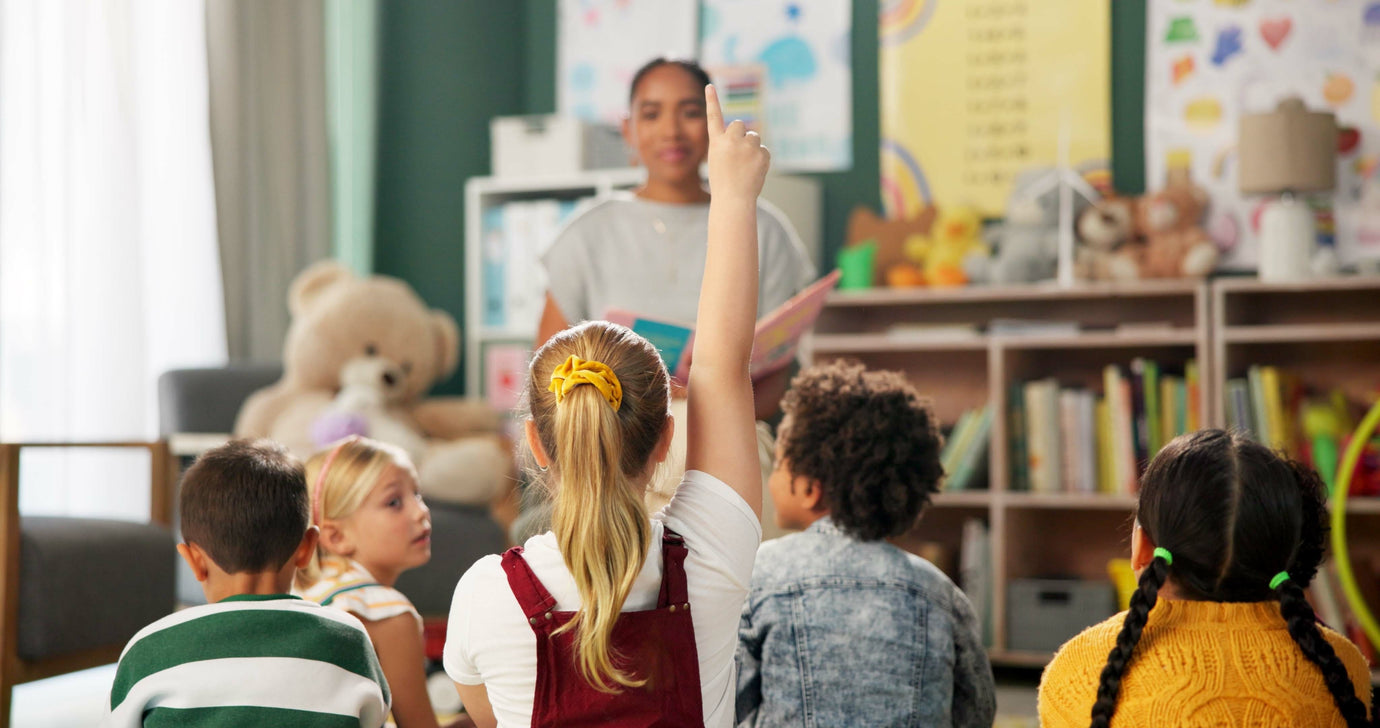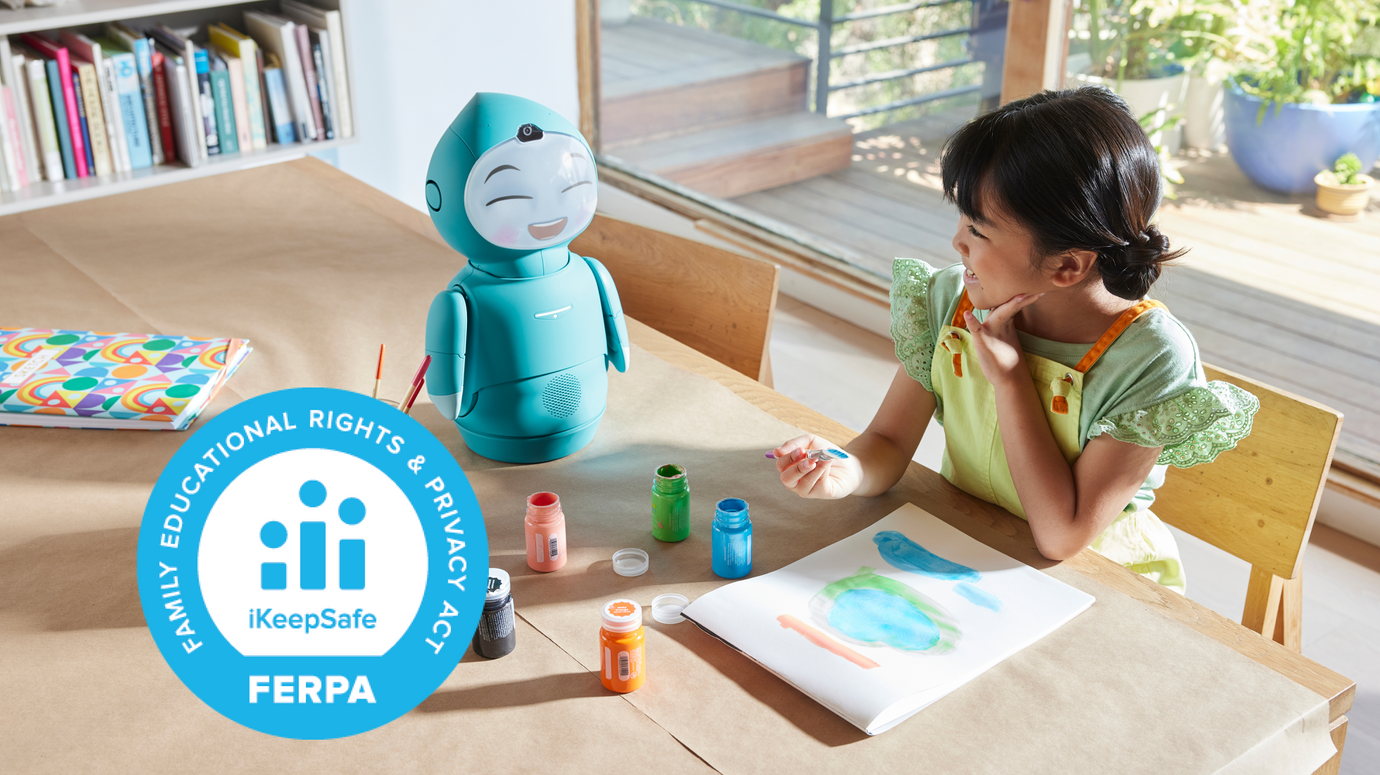Naming Feelings: How Labeling Emotions Can Help Kids Tame Them

Kids may be physically small, but emotions for kids are just as big as those of adults’. One of the five categories of social and emotional learning (SEL) is self awareness – or the “ability to understand one’s own emotions, thoughts, and values and how they influence behavior across contexts.” And a vital piece of self awareness is learning to identify and name one’s emotions. Here are five reasons why kids who can name what they’re feeling are well on their way to developing strong emotional intelligence.
5 Ways Naming Emotions Can Help Your Child Thrive
Labeling Emotions Activities: Practicing with Children Makes Perfect
Over 50 years ago Paul Ekman, one of psychology’s leading voices in our understanding of human emotion identified 6 basic emotions: fear, anger, joy, sadness, disgust, and surprise. These six cover a good range, but as Ekman himself would say, there are also many, many nuances to our emotional experiences. Fear may not accurately describe what a kid may feel right before the first day at a new school. Perhaps it’s more like nervousness or apprehension. As kids experiment with different emotion words, they build their vocabulary and can fine tune their description of their experiences. This greater vocabulary can increase awareness and familiarity with emotions, which in turn can help kids learn to manage them.
Name it to Tame it
Giving emotions their proper name does something really important: it can help take the intensity down a notch and it can make big emotions feel more manageable. The psychologist Robert Siegel’s spiffy tagline - name it to tame it - perfectly describes the calming effect labeling a big emotion can have. There’s even evidence from neuroscience research to back it up. It turns out that when we label emotions, we decrease activity in the limbic system, (an area that’s important for emotions, or a “feeling center”), and increase activity in the prefrontal cortex (an area important for planning, or a “thinking center”). Matthew Lieberman, who has led much of this research, calls this process the “brain’s braking system.” And that brake can be an important way to slow down big emotional reactions, help us feel calmer, and ultimately manage the emotional experience in a better way. There are even name it to tame it worksheets and lists of emotions for kids that help them with this process
Emotional Labeling Helps Control Emotions Through Understanding
The brake is on, the thinking center is activated, and kids are feeling calmer – now what? When kids name their emotions, they’re more in control of the choices they make in response to their emotions. That control can help kids take responsibility for their emotions so that their relationships and interactions with others aren’t influenced by a heightened emotional state. It can also help them think creatively to find solutions. Are they feeling anxious about an upcoming test at school? Maybe they can decide to spend a bit of extra time studying, or use deep breathing techniques to calm their racing heart.
Validating Children’s Emotions Through Their own Labeling of Their Feelings
Naming the emotion gives it meaning, which can help kids feel validated. And that emotional validation can make a huge difference for kids’ sense of self and their ability to learn how to process and manage their emotions in a healthy way. As professor and clinical psychologist Kristalyn Salters-Pedneault writes in Verywell Mind, “A person who feels that their emotions are not ‘wrong’ or inappropriate is more apt to have a solid sense of identity and worth and can manage emotions more effectively. Furthermore, emotional validation helps open the door to self-compassion: Feeling that our emotions are valid helps us avoid shame and self-blame, so we can respond to them with confidence.”
Building Empathy in Children and Parent Through Naming That Emotion
By giving their emotions specific labels, kids can better understand their own internal experience and emotional self. And kids can use these experiences to help them better understand the experiences of others. This is the basis of empathy, or the ability to share someone else’s experience, connect with them, and understand what they’re going through. Empathy brings with it all sorts of benefits, from creating more fulfilling relationships to more success in school and beyond. Read our blog posts dedicated to why empathy is important and how to teach your kids to be empathetic to find out more.
How to Teach Kids to Name Their Emotions
There are many ways that caregivers can help kids learn how to accurately name their emotions. Here are some ideas to get started:
Labeling Emotions Activities for Children and Parents
Modeling. It comes up again and again. One of the most powerful teaching tools caregivers have at their disposal is their own behavior. Show kids how to name their emotions by labeling your own emotions. It’s okay to be honest! Feeling disappointed, proud, or stressed? Label it, talk about why you think you’re feeling that way – and what you might want to do about it, if anything.
Emotions wheel. Simple emotion charts are a good place to start, especially with young kids. Put a colorful chart on the wall that lists the basic emotions and their characteristic facial expressions. But don’t stop with the basic ones! There are multiple ways to see a larger range of emotions and how they relate to each other. If you don’t already have a favorite graphic, take a look at Plutchik’s Emotion Wheel or this feelings wheel – with handy color coding! – for some ideas of a bunch of different emotions words.
Emotion card discussion prompts. Write the names of different emotions on index cards – you can use the wheels suggested above for help! Then, have your kid pull a card and talk about the emotion they chose. What does it mean? What does it feel like internally for someone who is feeling that emotion? What does it look like externally? Have you ever experienced this emotion? What happened?
Modeling clay/drawing. Let kids get creative with the emotion cards you create. Have them pick a card, give them some drawing tools or modeling clay (or playdough!), and encourage them to create a facial expression that represents the emotion.
Charades. Choose one of those emotion cards and act out the emotion you get. Everyone else has to guess what the emotion is. Make sure to take turns so everyone playing has the chance to act and to guess!
Puzzles. Make pairs of cards with one card showing a facial expression and the other the name of the emotion the expression represents. Mix up the cards and play games – such as memory – to match emotion labels to facial expressions.
Books and movies. As you watch movies or read books, talk with your kids about the characters’ emotional experiences. What do you notice the character doing? How do you think they’re feeling? What makes you think that? How did that emotion influence the character’s behavior? You can also play with the emotion cards! Pick a card and think of a book or movie character that showcases the emotion you chose.
And Moxie! Moxie has a whole host of activities that help kids learn to identify and label emotions in themselves and others. For example, kids can play Name that Feeling with Moxie. Or, in one mission kids work on teaching Moxie what human facial expressions look like for different emotions.
On the Road Towards Emotional Intelligence
Becoming an emotionally intelligent person is a long process that involves developing, and constantly fine tuning, lots of social emotional skills. At the foundation of that journey is building a robust emotional vocabulary so that kids can accurately name their emotions. So here’s to emotional literacy – and beyond!
Moxie Empowers Confident, Mindful Kids
A next-generation AI robot that complements traditional therapy and supports social-emotional development in kids through play. Ideal for children ages 5 through 10.
Moxie is a revolutionary robot companion for children that supports social, emotional, and cognitive development through play-based learning.
Encourages your child's social, emotional, and cognitive development through best-practice social and emotional learning (SEL).
New themed missions, tasks & activities are unlocked every day, so your child keeps developing new skills and never gets bored.
As featured on CNN, USA Today, The Wall Street Journal, Fortune, Forbes, & Wired magazine.







